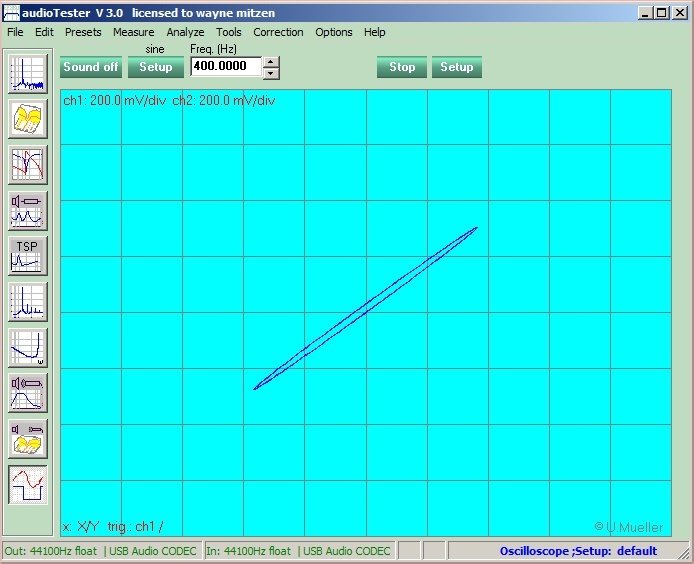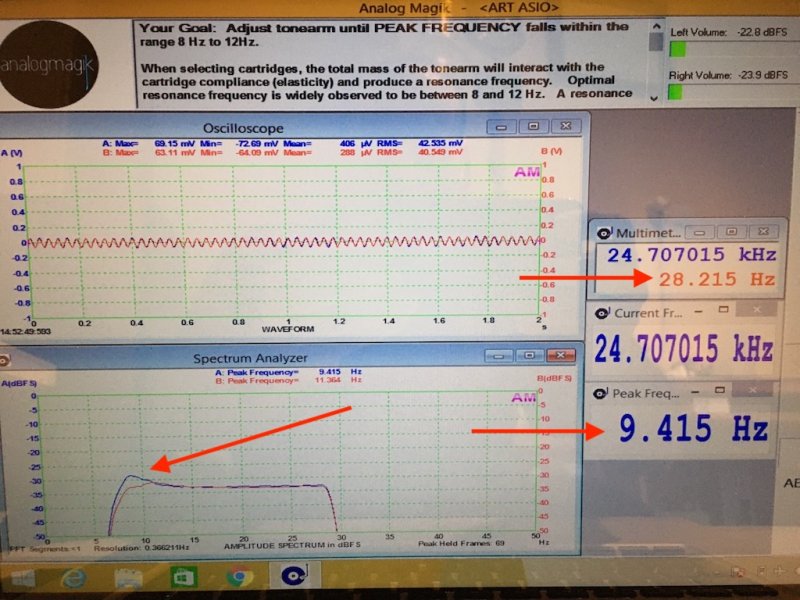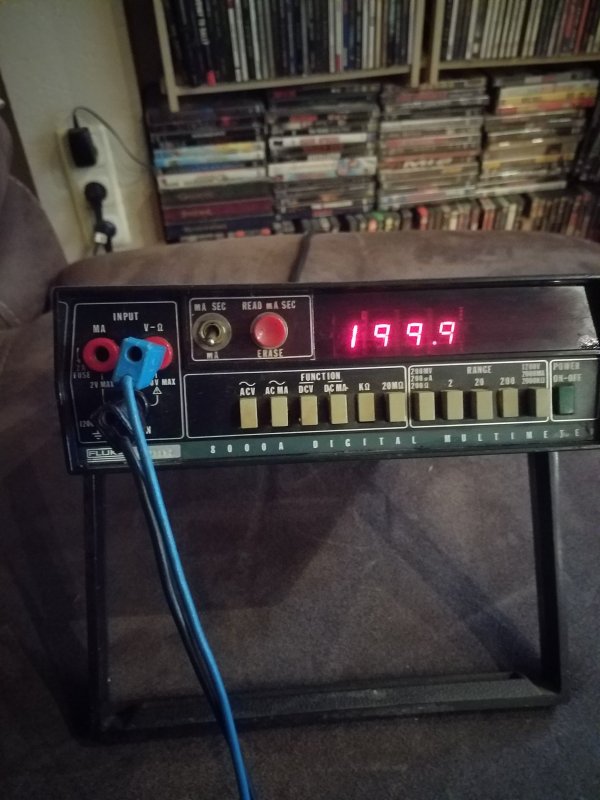This thread has been very interesting. A few comments:
@J.R. Boisclair I think your 'mission' to define and measure these adjustments ( alignment parameters ) is fantastic. Of the various tools you make the skater is the one that really intrigues me. I have yet to get hands on one to really see how it functions and what that offers. Will do so. I do feel there
can be a further pricess of 'ear based experimentation' yet I do not see thia as any sort of denial of objective criteria, in my view they can coexist. It is funny to me that our hearing is our most sensitive tool and at the same time can easily be fooled, we can skew how we interpret it. ( expectation bias etc. ) So having some good tools to guide us through the woods is important
 @DasguteOhr
@DasguteOhr Great post on using oscilloscope. I agree that the rather simple visual allows an easy understanding of what is happening, although not so much for topic at hand ( anti skate ), which you also mention. Wow that link to the multimwter + scope was interesting. So affordable, especially compared to my trusty old Fluke 88

. I bought an old Tektronics scope cheap at a garage sale. It works fine for the purpose but is rather large
 @Another Johnson
@Another Johnson Your race car analogy was very helpful. Of course we want to setup a car with alignment tools. And ideally we can repeat what settings end up being preferred. But determining what settings are ideal for the track ( and maybe driver ) is discovered with experience and for a specific car. I thought this exactly applies to the topic at hand.
@Zeotrope Your point that being able to listen...hearing changes is essential... resonates with me. Decent tools to get you in the zone are important imho, although I did know one guy that mounted his carts entirely by ear ( no scale, no protractor, nothing ) which is not something I would ever want to do.
Anyway seems like a tool ( wally, analog magik etc ) for getting a base line for AS is a good thing, and being able to hear if it then seems right is too!









